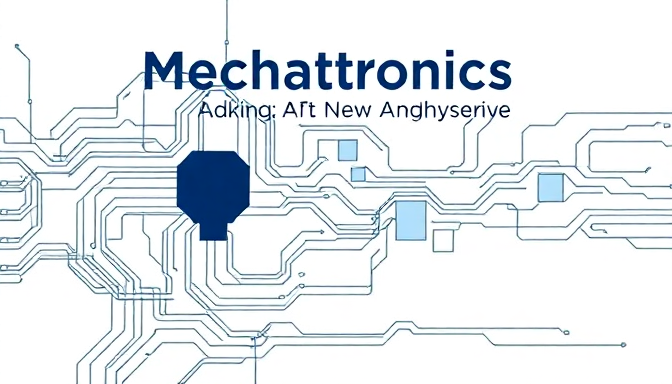
Introduction to Mechatronics: Defining the field and its multidisciplinary nature.
Mechatronics stands as a pivotal paradigm in contemporary engineering, representing a profound synthesis of precision mechanical engineering, intelligent electronics, and sophisticated computer control. This interdisciplinary field transcends the traditional silos of engineering disciplines, fostering a holistic approach to design that is essential for developing the complex, high-performance systems defining our modern world. It is not merely the amalgamation of separate components but rather the synergistic integration of these elements to create functionalities far exceeding what individual disciplines could achieve in isolation. The essence of mechatronics lies in optimizing system performance through intelligent control, leveraging the strengths of each domain to overcome the limitations inherent in single-discipline approaches. Understanding mechatronics requires a fundamental shift in perspective, moving beyond component-level thinking to embrace a comprehensive systems view. This integrated philosophy empowers engineers to conceive and implement solutions that are not only efficient and reliable but also remarkably adaptive and intelligent. Our journey into mechatronics begins with appreciating this fundamental integration, recognizing it as the bedrock upon which all advanced electromechanical systems are built. The field fundamentally redefines how we approach problem-solving in engineering, demanding a broad intellectual toolkit and a keen eye for interconnectedness.